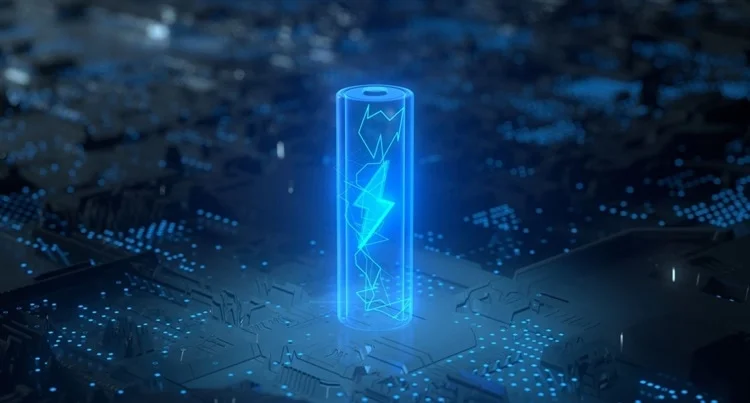Enhancing Solid-State Lithium Batteries with Nano-Ceramic Electrolytes

A study published in npj Materials Sustainability examined the development of nano-ceramic electrolytes , specifically lithium indium chloride (Li3InCl6designed to improve the performance of solid-state lithium batteries (SSLBs). The research highlights the role of advanced materials and methods in progressing battery technology while adhering to the principles of green chemistry. Background Efforts to develop sustainable energy storage solutions have increased. Traditional liquid electrolytes face challenges like flammability and leakage, prompting interest in solid-state alternatives. SSLBs use solid electrolytes , which reduce these risks while offering improved ionic conductivity. Among various solid electrolytes, Li3InCl6 has gained attention due to its favorable electrochemical properties. However, achieving optimal ionic conductivity and compatibility with electrodes remains a challenge. This study builds on prior work, emphasizing the importance of material design and pro...









